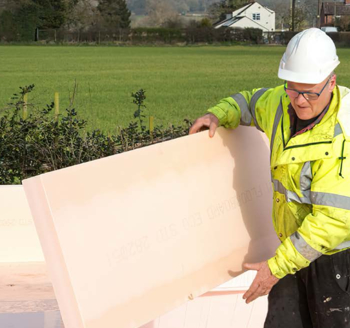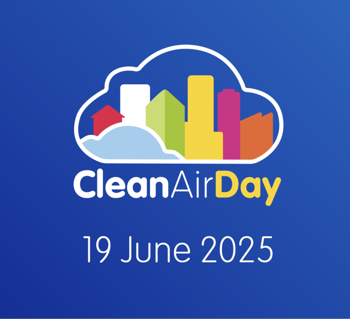Jet stream ( el nino and la nina)
The jet stream is a fast-moving current of air that circles the globe at high-altitude, in a west-to-east direction, primarily in the upper troposphere and lower stratosphere. It plays an important role in determining weather patterns and climate across the world.
El Niño, means little boy in Spanish and La Niña, little girl, the former name dates back to the 1800’s, when fishermen on the Pacific coast of South America noticed that warm ocean currents would appear every few years around Christmas, negatively impacting fish catches and livelihoods of communities on the coast of Peru.
These two sibkings are infact complex warming and cooling weather patterns that occur in the Pacific Ocean. Together they describe the extreme cold and warm phases of the El Nino-Southern Oscillation (ENSO) which jointly cause changes in atmospheric pressure, weather and ocean related phenomena altering the behaviour of the jet stream, impacting weather patterns across the globe.
El Niño refers to a warming of the sea surface temperature in the central and eastern Pacific Ocean and east winds blow weaker than they normally do. La Niña on the other hand refers to a cooling of the same area with stronger east winds. El Niños typically occur every 3 to 5 years when, and during an event the jet stream tends to shift southward, resulting in wetter and cooler conditions. El Nino causes, for example cooler, wetter conditions in southern US and dryer, warmer conditions in the northern US and Canada. This can also lead to increased rainfall in South America, parts of Africa, and Australia, while causing droughts in Indonesia and Southeast Asia, as well as reducing the number of hurricanes forming in the Atlantic Ocean.
On the other hand, during a La Niña event, the jet stream tends to shift northward, resulting in cooler and wetter conditions in the Pacific Northwest and northern Rocky Mountains,with warmer and dryer conditions in the southwestern US. This can also lead to increased rainfall in northern Australia and Southeast Asia, while causing droughts in parts of South America and Africa.
Because of the significant impacts on weather, these shifts in the jet stream can have impacts on agriculture, water resources, and energy production as well as causing natural disasters such as flooding and drought. Understanding the interactions between the jet stream and El Niño and La Niña is a crucial element of predicting weather patterns and longer shifts in climate change. Scientists are using sophisticated computer models to better understand these interactions and how they might change in the future.
There is also another sibling weather pattern, known as Atlantic Niño, which like El Niño is characterised by warmer-than-average sea surface temperatures in the eastern equatorial basin and weaker-than-average trade winds throughout the east-central equatorial Atlantic.
In summary the jet stream is an important factor in determining weather patterns and climate across the globe, and its behaviour is influenced by complex weather patterns such as El Niño and La Niña. By studying these interactions, scientists can improve their ability to predict weather patterns and help communities prepare for the impacts of climate change.
[edit] Related articles on Designing Buildings
Featured articles and news
Construction Skills Mission Board launch sector drive
Newly formed government and industry collaboration set strategy for recruiting an additional 100,000 construction workers a year.
New Architects Code comes into effect in September 2025
ARB Architects Code of Conduct and Practice available with ongoing consultation regarding guidance.
Welsh Skills Body (Medr) launches ambitious plan
The new skills body brings together funding and regulation of tertiary education and research for the devolved nation.
Paul Gandy FCIOB announced as next CIOB President
Former Tilbury Douglas CEO takes helm.
UK Infrastructure: A 10 Year Strategy. In brief with reactions
With the National Infrastructure and Service Transformation Authority (NISTA).
Ebenezer Howard: inventor of the garden city. Book review.
The Grenfell Tower fire, eight years on
A time to pause and reflect as Dubai tower block fire reported just before anniversary.
Airtightness Topic Guide BSRIA TG 27/2025
Explaining the basics of airtightness, what it is, why it's important, when it's required and how it's carried out.
Construction contract awards hit lowest point of 2025
Plummeting for second consecutive month, intensifying concerns for housing and infrastructure goals.
Understanding Mental Health in the Built Environment 2025
Examining the state of mental health in construction, shedding light on levels of stress, anxiety and depression.
The benefits of engaging with insulation manufacturers
When considering ground floor constructions.
Lighting Industry endorses Blueprint for Electrification
The Lighting Industry Association fully supports the ECA Blueprint as a timely, urgent call to action.
BSRIA Sentinel Clerk of Works Training Case Study
Strengthening expertise to enhance service delivery with integrated cutting-edge industry knowledge.
Impact report from the Supply Chain Sustainability School
Free sustainability skills, training and support delivered to thousands of UK companies to help cut carbon.
The Building Safety Forum at the Installershow 2025
With speakers confirmed for 24 June as part of Building Safety Week.
The UK’s largest air pollution campaign.
Future Homes Standard, now includes solar, but what else?
Will the new standard, due to in the Autumn, go far enough in terms of performance ?
BSRIA Briefing: Cleaner Air, Better tomorrow
A look back at issues relating to inside and outside air quality, discussed during the BSRIA briefing in 2023.
Restoring Abbotsford's hothouse
Bringing the writer Walter Scott's garden to life.
Reflections on the spending review with CIAT.

























